These cheesy (and sexy) vintage arcade ads from the 1970s and 1980s offered consumers a sense they were hot, sexy, in control, and (apparently) tough as nails.
Video games started as kids’ play in the minds of consumer groups and rating boards, but back in the radically square 8-bit arcade days, there were way more adults playing games than teenagers.
An arcade game is coin-operated entertainment machine typically installed in public businesses such as restaurants, bars and amusement arcades.
Most arcade games are presented as primarily games of skill and include arcade video games, Pinball machines, electro-mechanical games, redemption games, or merchandisers.
Video game arcades began to gain momentum in the late 1970s with games such as Space Invaders (1978) and Galaxian (1979) and became widespread in 1980 with Pac-Man, Centipede, and others.
The central processing unit in these games allowed for more complexity than earlier discrete-circuitry games such as Atari’s Pong (1972).
 During the late 1970s video-arcade game technology had become sophisticated enough to offer good-quality graphics and sounds, but it remained fairly basic (realistic images and full motion video were not yet available, and only a few games used spoken voice) and so the success of a game had to rely on simple and fun gameplay.
During the late 1970s video-arcade game technology had become sophisticated enough to offer good-quality graphics and sounds, but it remained fairly basic (realistic images and full motion video were not yet available, and only a few games used spoken voice) and so the success of a game had to rely on simple and fun gameplay.
This emphasis on the gameplay explains why many of these games continue to be enjoyed today, despite the progress made by modern computing technology.
The golden age of arcade video games in the 1980s became a peak era of video arcade game popularity, innovation, and earnings.
Color arcade games became more prevalent and video arcades themselves started appearing outside their traditional bowling-alley and bar locales.
Designers experimented with a wide variety of game genres, while developers still had to work within strict limits of available processor-power and memory.
The era saw the rapid spread of video arcades across North America, Western Europe, and Japan. The number of video game arcades in North America, for example, more than doubled between 1980 and 1982, reaching a peak of 13,000 video game arcades across the region.
Beginning with Space Invaders, video arcade games also started to appear in supermarkets, restaurants, liquor stores, gas stations, and many other retail establishments looking for extra income.
 Many arcade games have short levels, simple and intuitive control schemes, and rapidly increasing difficulty. The classic formula for a successful arcade video game is “easy to learn, difficult to master” along with a “multiple life, progressively difficult level” paradigm.
Many arcade games have short levels, simple and intuitive control schemes, and rapidly increasing difficulty. The classic formula for a successful arcade video game is “easy to learn, difficult to master” along with a “multiple life, progressively difficult level” paradigm.
This is due to the environment of the arcade, where the player is essentially renting the game for as long as their in-game avatar can stay alive or until they run out of tokens.
Arcade games continued to improve with the development of technology and of gameplay. In the early 1990s, the release of Capcom’s Street Fighter II established the modern style of fighting games and led to a number of similar games such as Mortal Kombat, Fatal Fury, Killer Instinct, Virtua Fighter, and Tekken, creating a new renaissance in the arcades.
Another factor was realism, including the “3D Revolution” from 2D and pseudo-3D graphics to “true” real-time 3D polygon graphics.
This was largely driven by a technological arms-race between Sega and Namco. During the early 1990s games such as Sega’s Virtua Racing and Virtua Fighter popularized 3D-polygon technology in arcades.
3D graphics later became popular in console and computer games by the mid-1990s, though arcade systems such as the Sega Model 3 remained considerably more advanced than home systems in the late 1990s.
Until about 1996, arcade video games had remained the largest segment of the global video game industry. Arcades declined in the late 1990s, surpassed by the console market for the first time around 1997–1998.

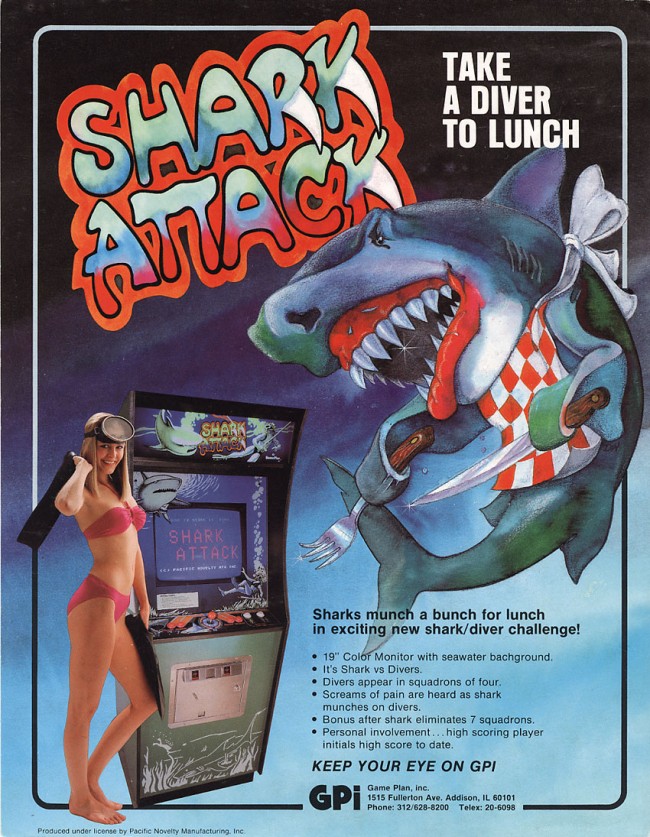
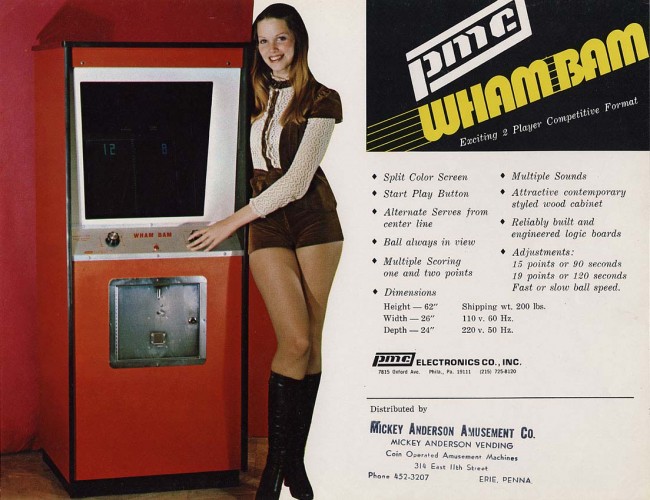
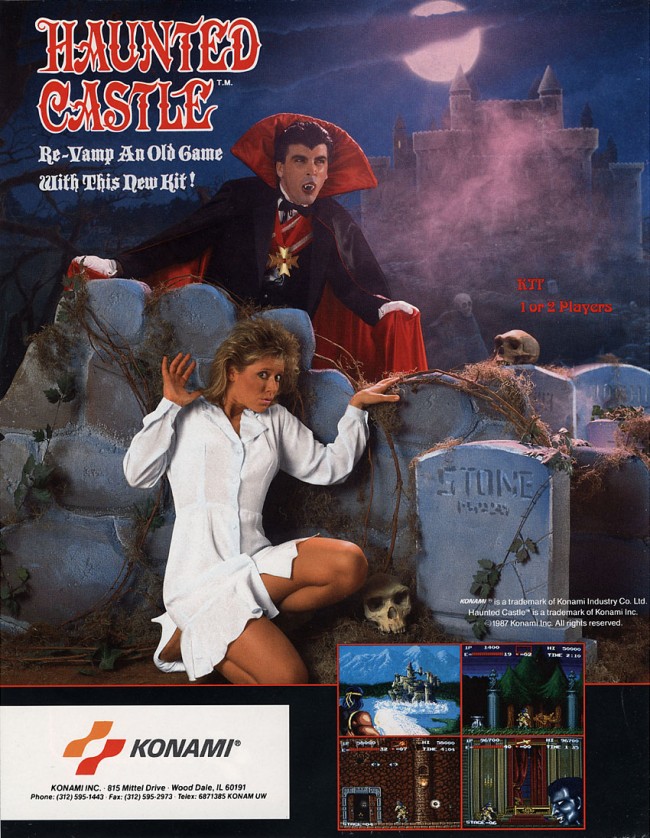


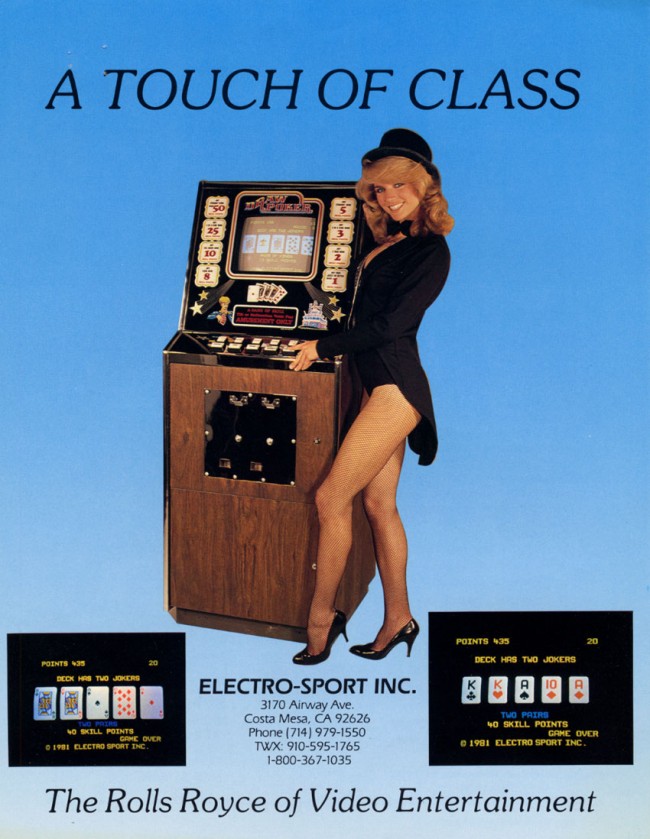
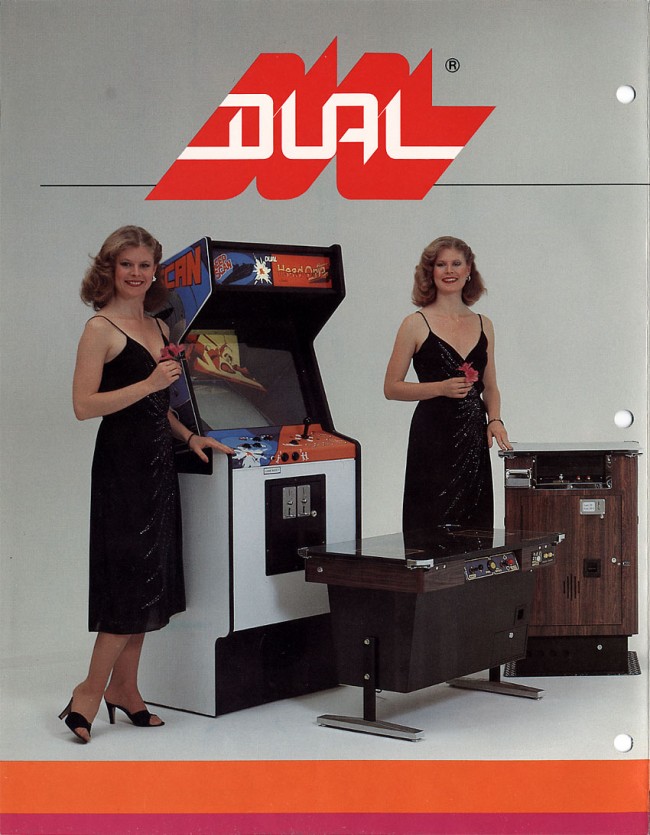
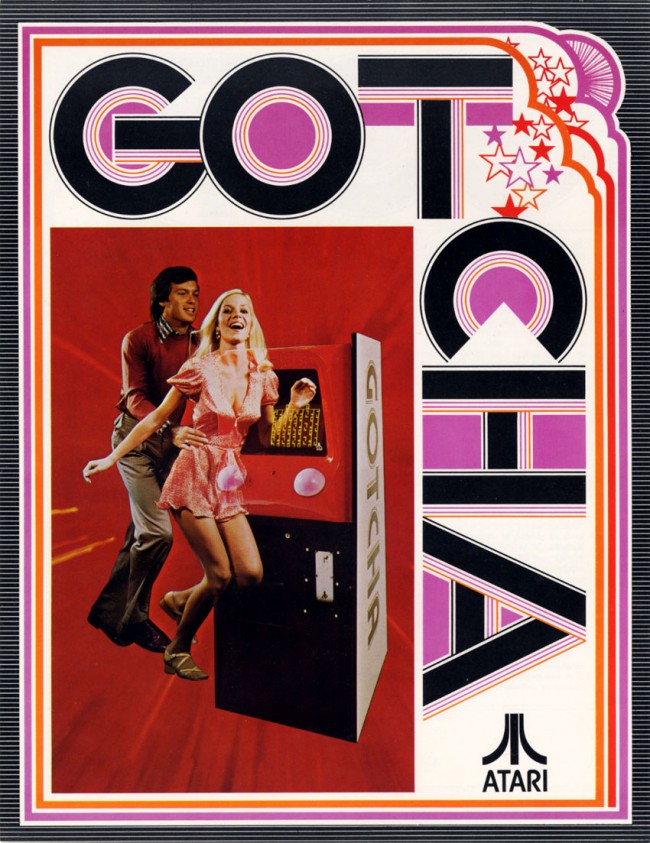

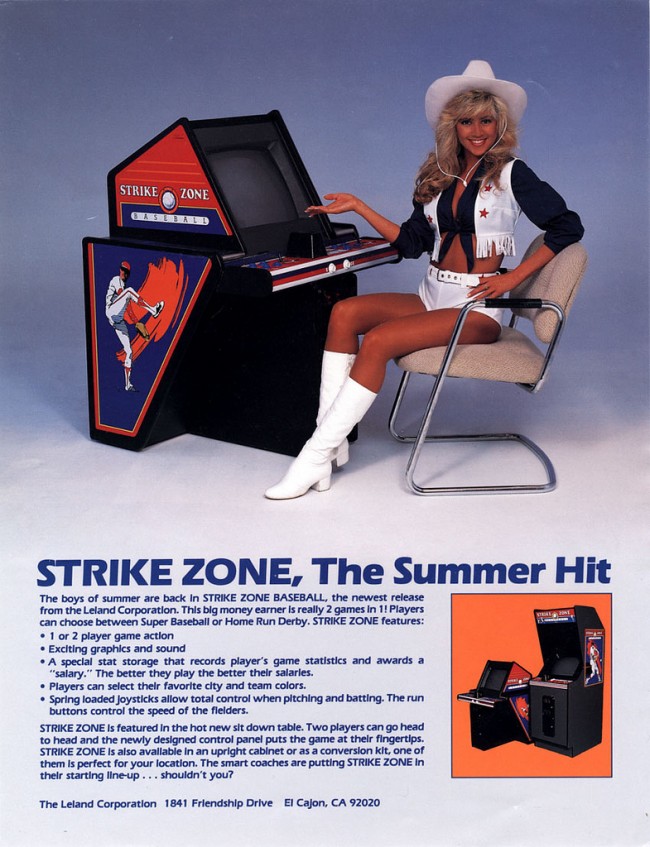
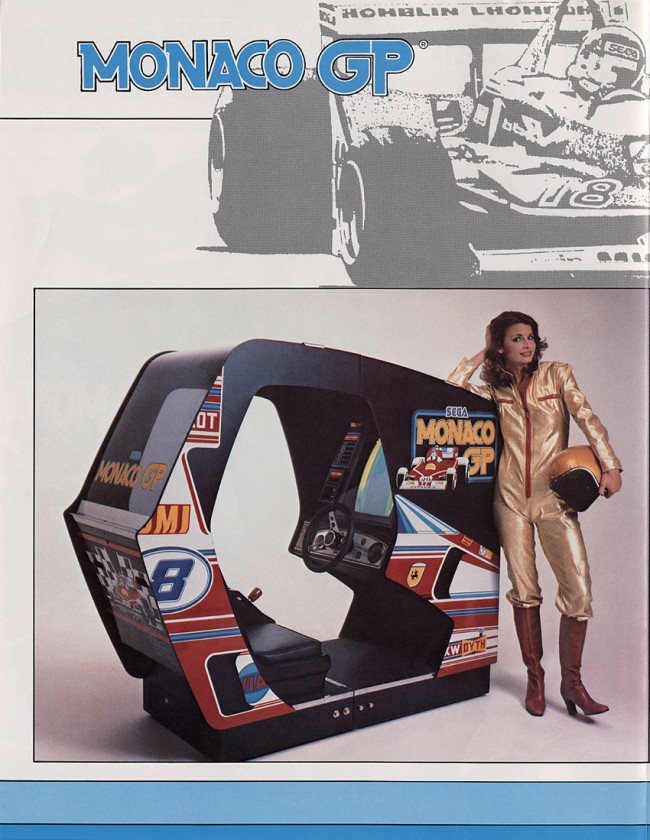
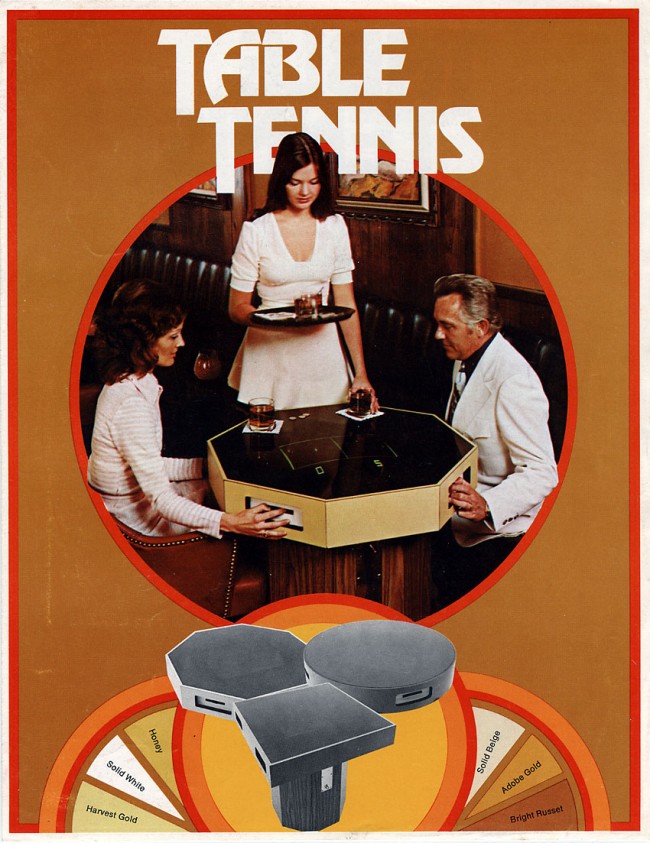
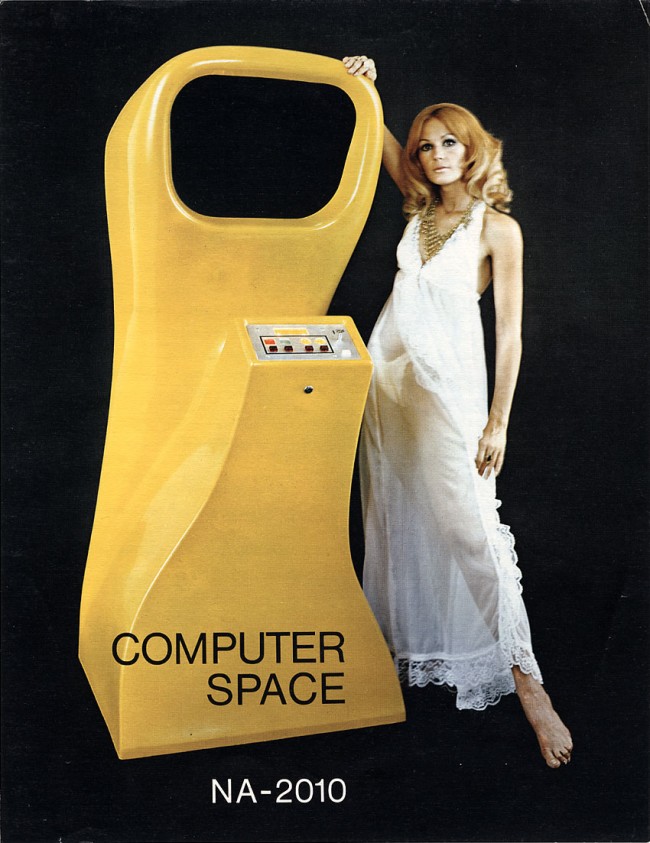



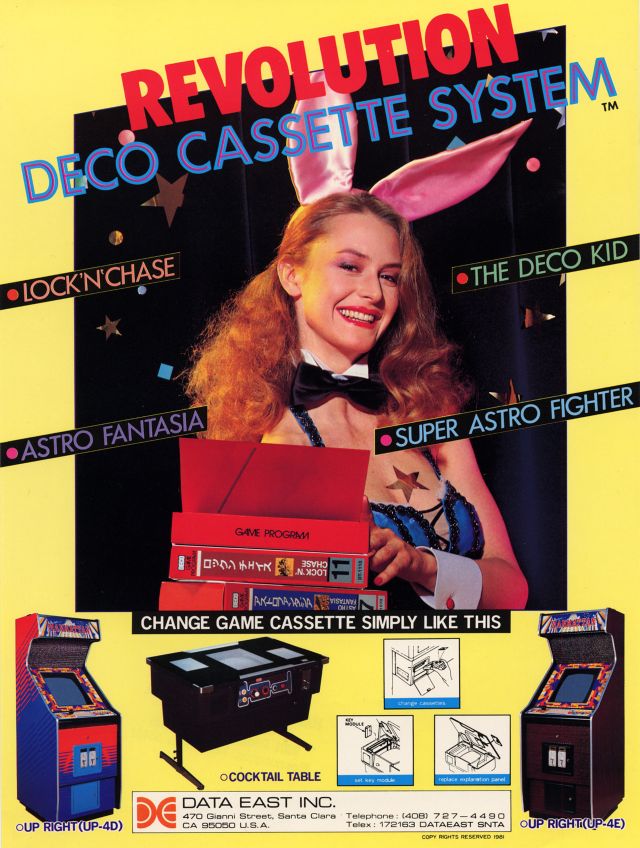
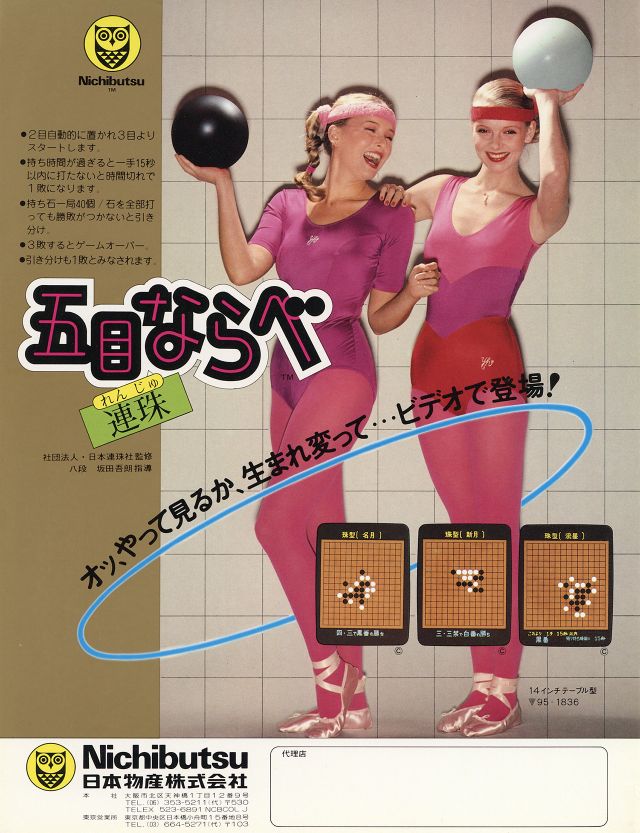




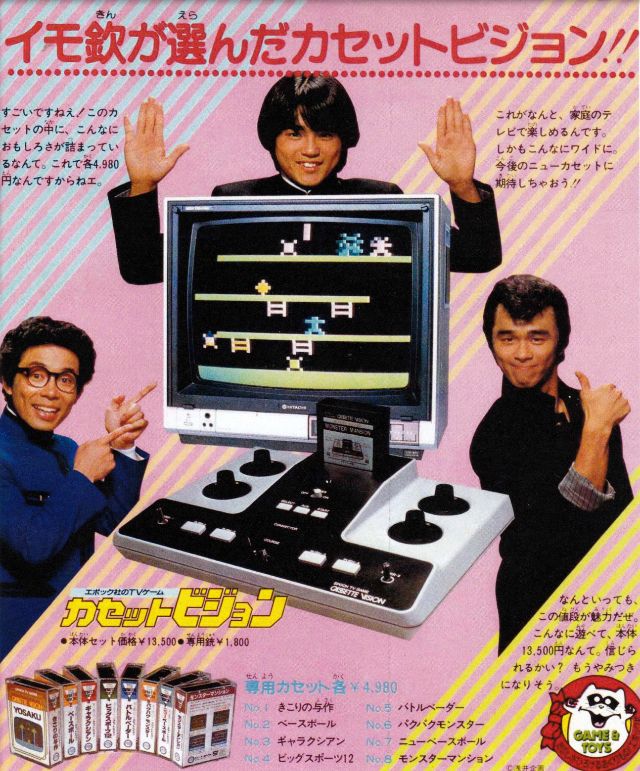
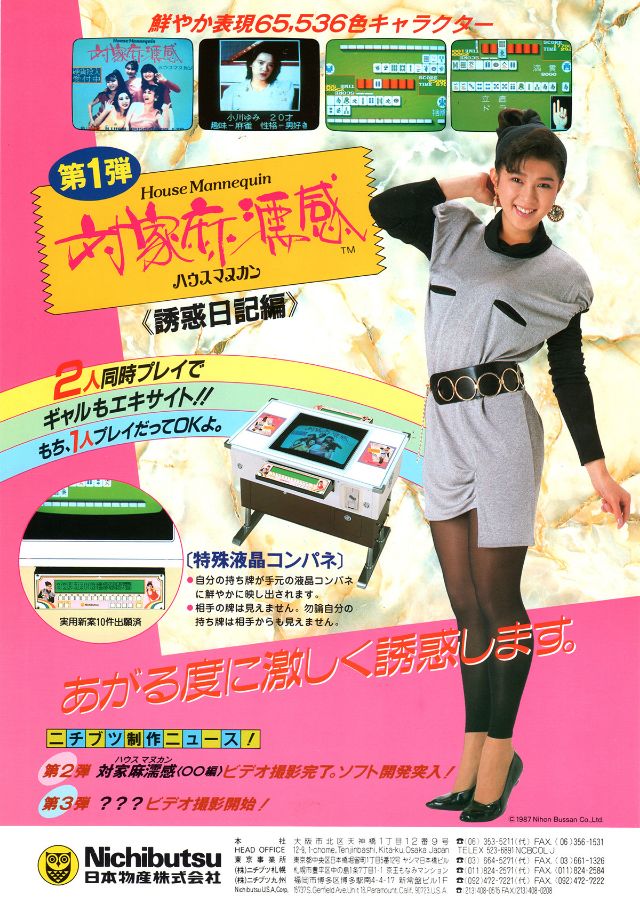
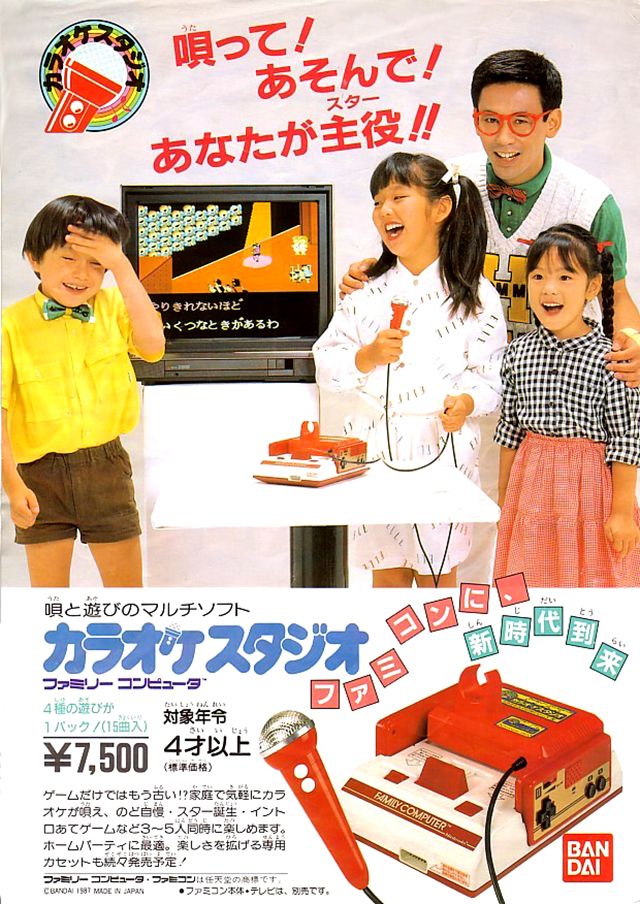

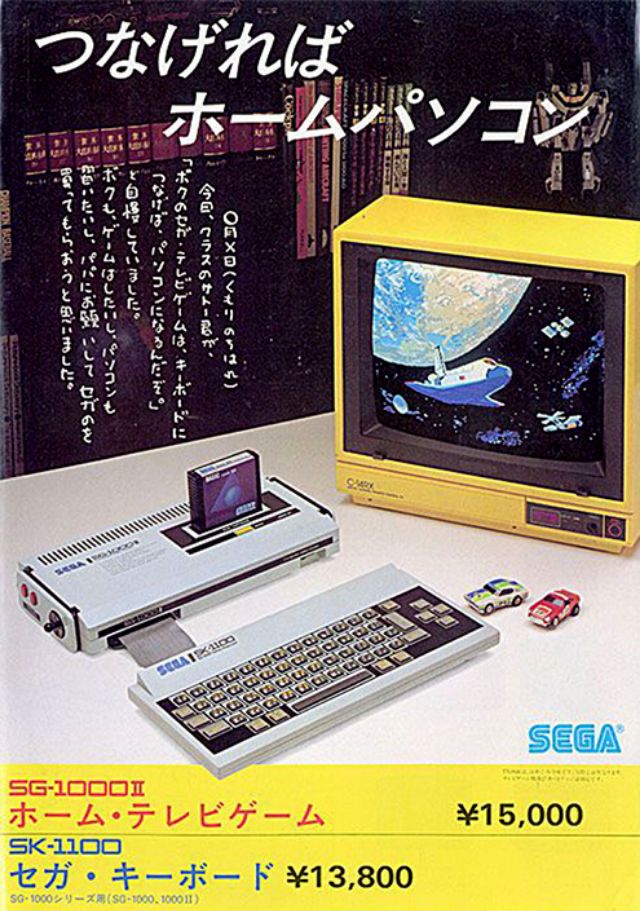


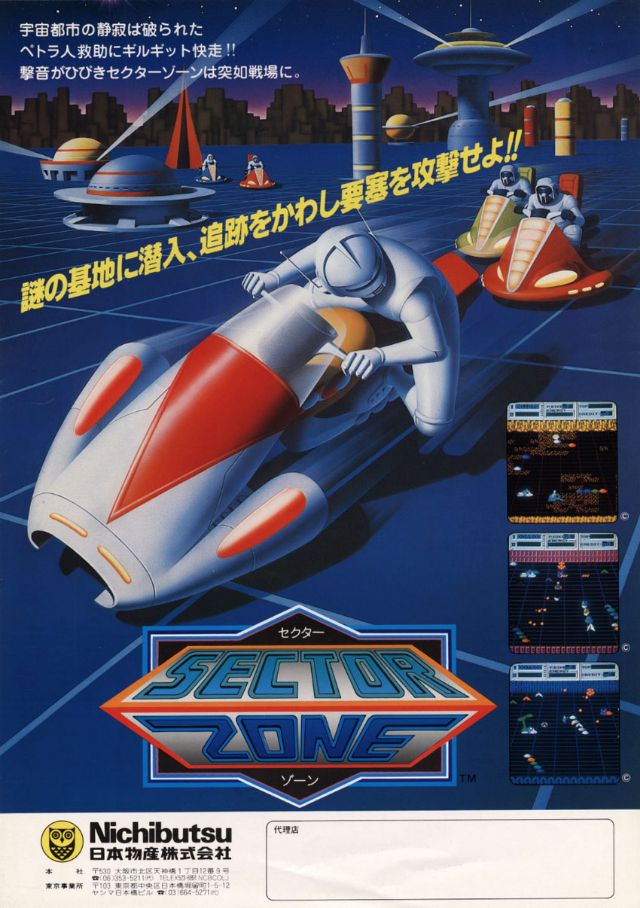

(Photo credit: flyers.arcade-museum.com / Wikimedia Commons / Dangerous Minds).



